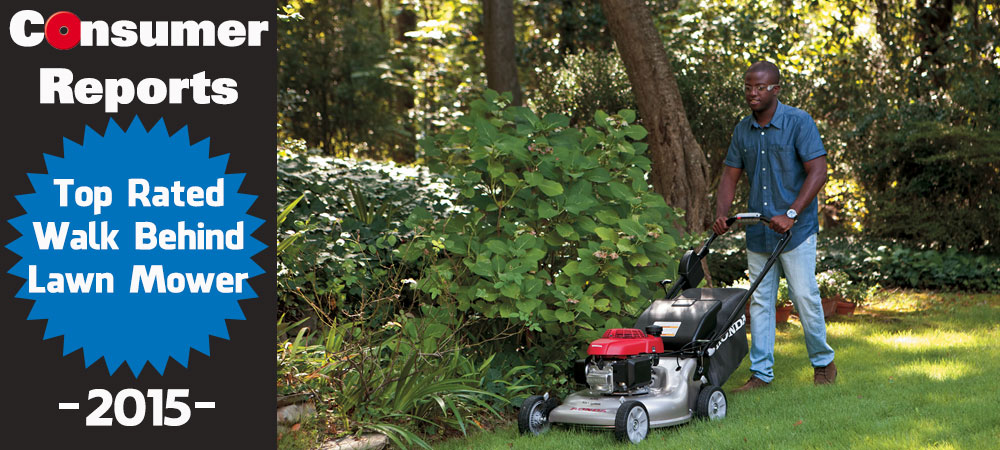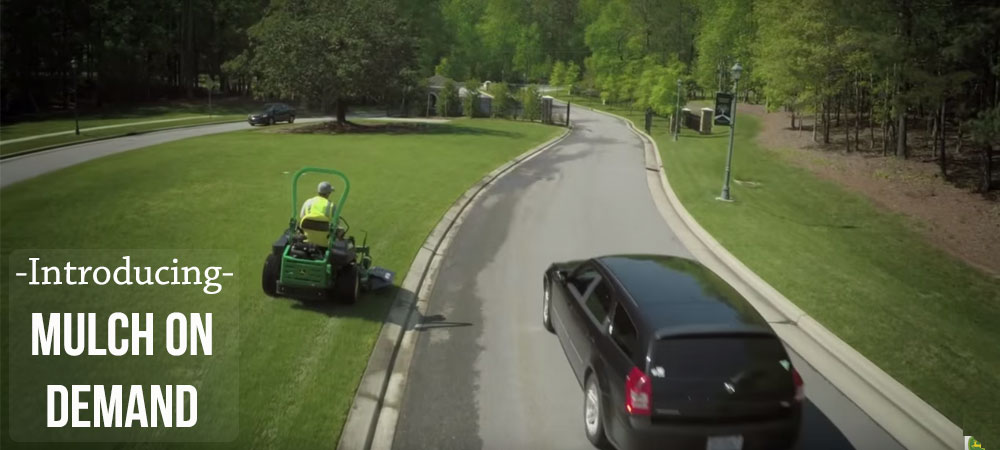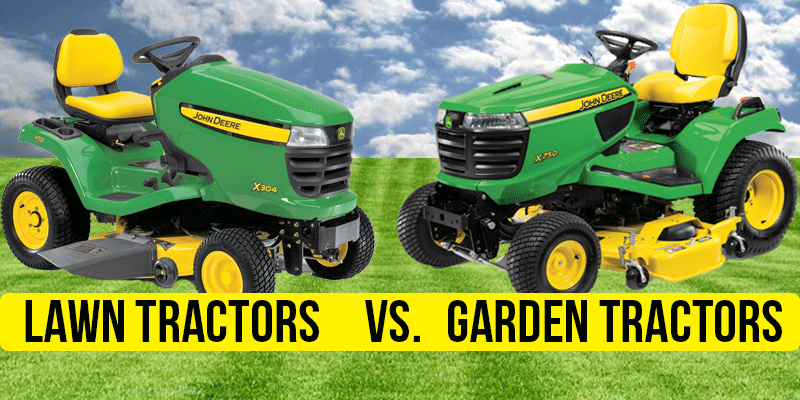 Which Grass is Best for your Lawn?
Which Grass is Best for your Lawn?
Last week, I talked about how overseeding your lawn can help keep your lawn thick, full and green. Whether you’re planting grass seed for the first time or overseeding, choosing the right grass is an important part of lawn care. When it comes to proper grass growth and lawncare, choosing the right grass is key. But there are so many grass types out there, how am I supposed to know which grass is best for my lawn? If you’re having trouble deciding which grass to use, here is a guide to help you narrow it down.
Climate Zones
The most important aspect of choosing the right grass is your climate zone. The climate zone in which you live has a direct impact on how well certain grass types. Some grasses are recommended for certain climates, while other grasses flourish in other climates. In order to choose the right grass, it helps to split the country into three different geographical regions. Cool season, transitional and warm season zones. Look at the map to figure out which zone you lie in.

Cool Season Grasses:
If you happen to live in a cool season zone, there are a few grasses that are recommended specifically for your area. These grasses have been found to yield the best growth in Northern areas:
 Kentucky Bluegrass:
Kentucky Bluegrass:
Pros: Kentucky Bluegrass is one of the more popular grass types found in cool season zones. Kentucky Bluegrass has a deep green color and a very desirable texture. It is typically able to withstand extreme temperatures which makes it a solid choice for areas with extremely hot summers and cold winters. Kentucky bluegrass is a low maintenance grass with resilient properties. It’s known as a “creeping grass,” which means it can usually repair itself without having to reseed.
Cons: Really, the only problem with Kentucky Bluegrass is that it has a tendency to lie dormant during hot seasons, which turns it an unhealthy, brown shade. It’s also usually pretty weak in extremely wet and shady areas.
Conclusion: When using bluegrass in your lawn, the germination process might take up to three weeks. This means it’s usually best to use a blend of one or two other grasses. Ryegrass and fescue both fill in quickly. If you are using Kentucky Bluegrass in your lawn, blend it with a mixture of Fine Fescue. (Especially if you are planting seed in a shady or wet area. The best time to plant Kentucky Bluegrass is late summer to early fall, when the temperature falls to 75 Degrees.
Perennial Ryegrass:
Pros: Perennial Ryegrass is another great choice for cool season zones. It’s a very diverse grass, allowing it to flourish in a wide variety of soils. It can also handle heavy foot traffic. Perennial Ryegrass is a fine textured, bright green grass. Compared to Kentucky Bluegrass, the germination process of ryegrass is much shorter, at only about a week. Perennial Ryegrass is especially popular in coastal regions with mild winters and cool summers.
Cons: Perennial Ryegrass usually has a low tolerance for cold weather and droughts. It’s also a pretty high maintenance grass to take care of.
Conclusion: Because of it’s inability to thrive in extemely cold weather, it’s best to use Perennial Ryegrass as a blend of one or two more grasses. It’s a very quick growing grass, which allows it to protect other slower growing grasses in your mixture. Just keep the blend of ryegrass under 20% , especially if you live in an area that is prone to cold winters and droughts.
Fine Fescue:
Pros: Fine Fescue is a great looking, dark green bunchgrass. Most fescues grow very well in shady areas and soils with low acidic levels. Fine fescues are also a pretty low maintenance grass — they don’t require much fertilizer or close care. Fine Fescue is great at handling droughts and shady regions.
Cons: Fine Fescue is not a great grass choice for areas with hot climates or heavy foot traffic.
Conclusion: Fine Fescue is best to use in a blend of Ryegrass or Bluegrass. The best time to plant Fescue is late summer to early fall, when the temperature is between 60-75 degrees.
Warm Season and Transitional Zone Grasses
As opposed to cool season grasses, transitional and warm season grasses call for a different type of grass. When deciding on a grass for warm season or transitional zones, the following grasses have been found to grow the best in your area. Try using one of the following, or even use a blend of each.
Zoysia:
Pros: Zoysia is known for being a durable and versatile grass. It’s got a deep root system that allows it to withstand heat, drought and a variety of soil conditions. The deeper root system also allows for optimum resiliency to pests and diseases. Zoysia grows in very thick and lush, with a medium texture.
Cons: Zoysia tends to turn a brownish color in the fall. It’s also pretty high maintenance because it’s difficult to mow and prone to thatch.
Conclusion: When it comes to southern climates and transitional zones, zoysia is a great grass choice. However, it has a long germination period. It could possibly take zoysia up to two years to come in thick and full, but once it does, weeds and diseases can rarely penetrate it. Use zoysia in a blend of other grasses such as bermuda, and be sure to keep it properly dethatched. At least once per year, run a dethatcher over zoysia grass in order to keep it healthy.
 Bermuda Grass:
Bermuda Grass:
Pros: Bermuda Grass is the most common type of grass used in souther, warm season climate zones. Similar to Zoysia, Bermuda Grass has a deep root system that allows it to handle extreme conditions like excess heat and sun exposure. Bermuda Grass grows in much quicker than zoysia grass, which makes it a great choice for quickly filling in damaged areas.
Cons: On the other hand, bermuda grass is also prone to losing its color after periods of frost. It also forms a thick layer of thatch, and doesn’t grow very well in shady areas.
Conclusion: Because Bermuda grass tends to turn brown after experiencing frost, it’s usually a good idea to overseed Bermuda grass in the fall or early winter. The best time to plant Bermuda grass is late spring to early summer, when grass growth is at it’s maximum.
Whichever grass you decide on, keeping your lawn properly aerated and dethatched is just as important as choosing the right grass. With a little care, complete Turf Renovation is only a few steps away.

 Each year, Consumer Reports brings in hundreds of new lawn mowers for testing. In order to provide a list of the top new lawn mowers of 2015, Consumer Reports bagged over 1,500 pounds of grass clippings this year alone! After hours of testing and research, they discovered that the best walk behind lawn mower of 2015 is the Honda Variable Speed, Self Propelled Lawn Mower!
Each year, Consumer Reports brings in hundreds of new lawn mowers for testing. In order to provide a list of the top new lawn mowers of 2015, Consumer Reports bagged over 1,500 pounds of grass clippings this year alone! After hours of testing and research, they discovered that the best walk behind lawn mower of 2015 is the Honda Variable Speed, Self Propelled Lawn Mower! Stacked Blade Quadra-Cut System. The Honda Variable Speed Self Propelled Lawn Mower Deck consists of two blades, which gives it a total of FOUR cutting surfaces! This results in a great looking, professional cut, finer grass clippings, and an unbelievable mulching job!
Stacked Blade Quadra-Cut System. The Honda Variable Speed Self Propelled Lawn Mower Deck consists of two blades, which gives it a total of FOUR cutting surfaces! This results in a great looking, professional cut, finer grass clippings, and an unbelievable mulching job! 3-in-1 Capability. The 21″ Honda Walk Behind Mower is an incredibly versatile machine! It offers mulching, bagging or side discharge abilities. Now you can easily switch between side discharge and bagging with NO TOOLS!
3-in-1 Capability. The 21″ Honda Walk Behind Mower is an incredibly versatile machine! It offers mulching, bagging or side discharge abilities. Now you can easily switch between side discharge and bagging with NO TOOLS! Variable Speed, Self Propelled Drive System. The lightweight, self propelled mower offers extremely easy maneuverability and infinitely variable ground speeds, up to 4 Miles per hour. This award winning mower also offers an adjustable speed control dial for maximum comfort & convenience.
Variable Speed, Self Propelled Drive System. The lightweight, self propelled mower offers extremely easy maneuverability and infinitely variable ground speeds, up to 4 Miles per hour. This award winning mower also offers an adjustable speed control dial for maximum comfort & convenience. Powerful OHV Engine with Electric Start. Last but not least, the Honda Variable Speed Mower features a powerful 160cc Honda engine with low emissions, and a reliable, easy to start auto-choke feature. Powering up this mower is unbelievably quick and easy!
Powerful OHV Engine with Electric Start. Last but not least, the Honda Variable Speed Mower features a powerful 160cc Honda engine with low emissions, and a reliable, easy to start auto-choke feature. Powering up this mower is unbelievably quick and easy!




 Kentucky Bluegrass:
Kentucky Bluegrass:  Bermuda Grass:
Bermuda Grass:






 How do I dethatch my yard?
How do I dethatch my yard?